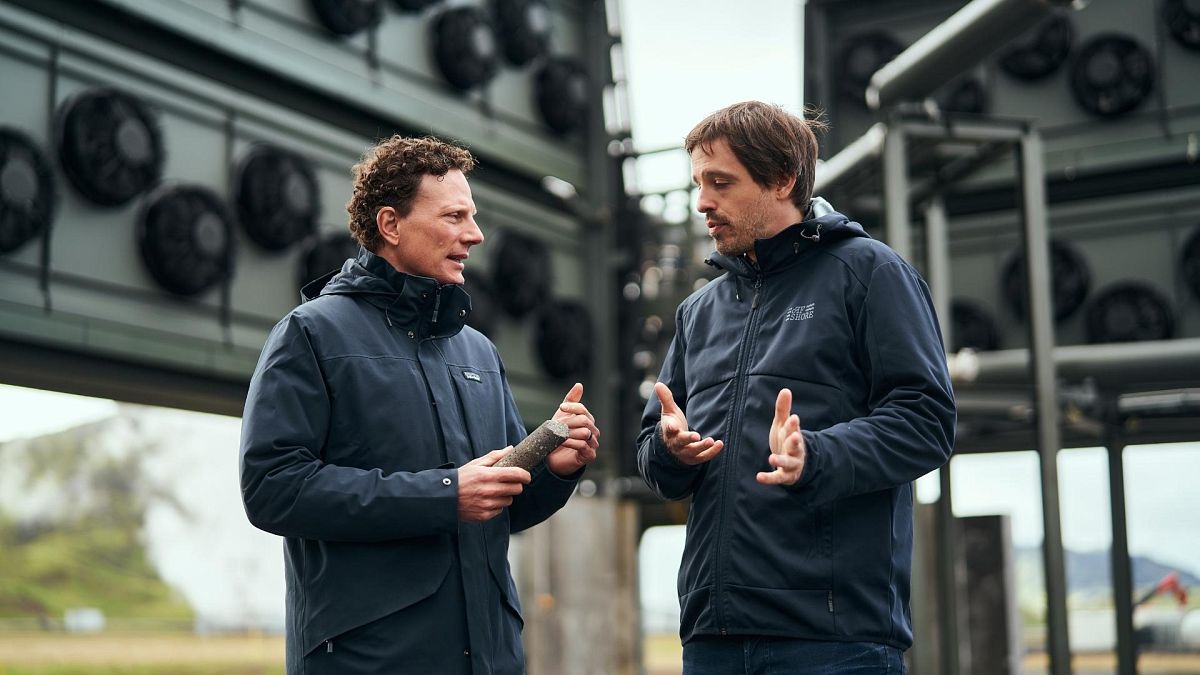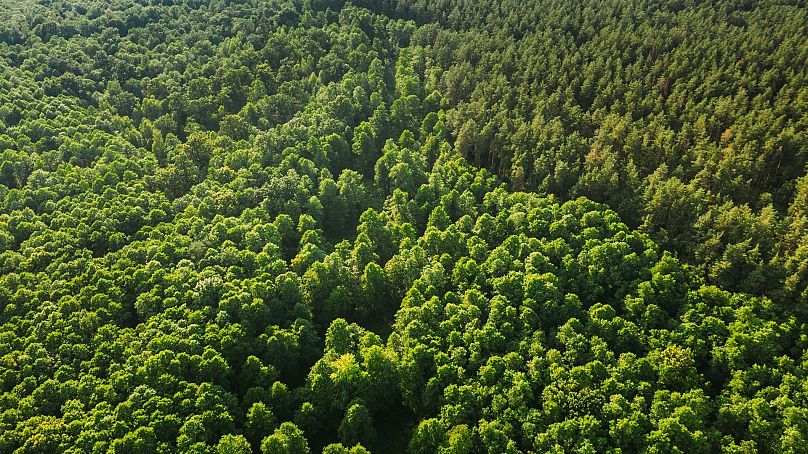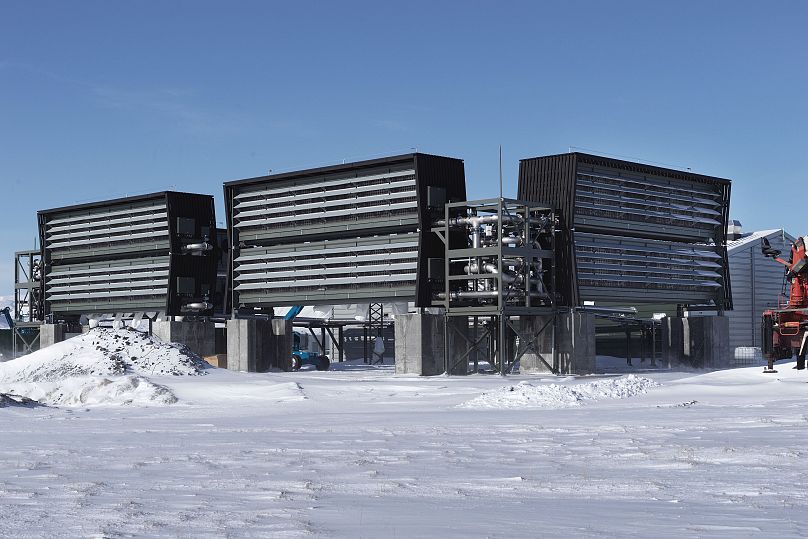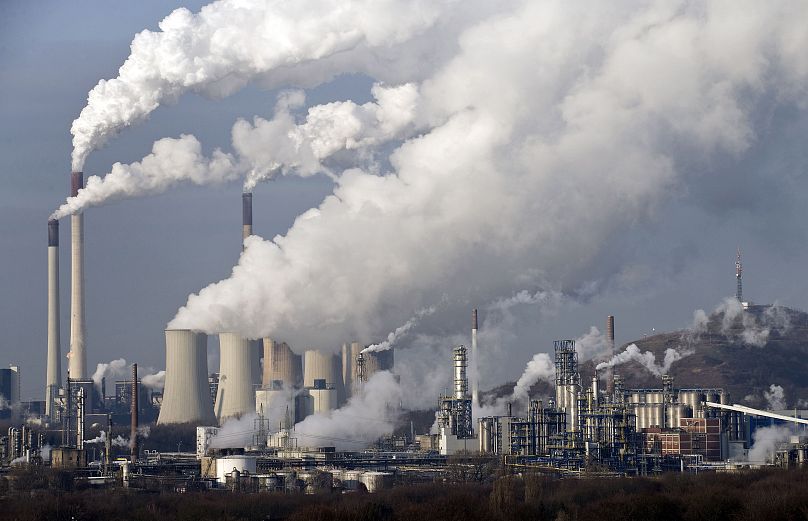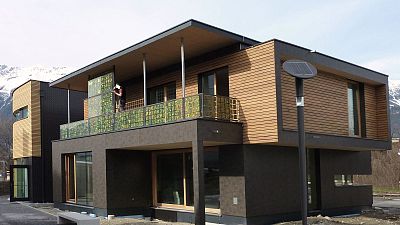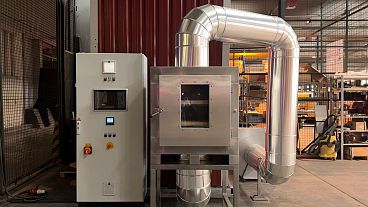To reach its climate goals, the world needs to remove carbon from the atmosphere, using nature and technological solutions.
As CO2 emissions continue to climb, experts say our chances of averting drastic climate change will rest not just on reigning in pollution, but also on removing carbon from the atmosphere.
Between 2010 and 2019, average annual global greenhouse gas emissions were at their highest levels in human history, according to the UN Intergovernmental Panel on Climate Change's (IPCC) latest report in April.
While the rate of growth has slowed, the IPCC estimates the world needs to remove up to 1,000 gigatons of carbon dioxide from the atmosphere by the end of the century.
“We need carbon removal because we need to get to net zero emissions and then to net negative emissions. That's the way to keep the temperature rise below 1.5C or at least eventually get to that point,” says Eve Tamme, who leads Climate Principles, a climate policy advisory.
What are carbon removals?
The IPCC defines carbon removals as human activities that remove CO2 from the atmosphere and durably store it in geological, terrestrial or ocean reservoirs.
“If you think of the atmosphere as a bathtub and you think of the water as carbon dioxide, emissions reductions are turning down the faucet, so turning down the flow of water into the tub,” explains Kathy Fallon, director of land and climate at the Clean Air Task Force NGO.
“Removals,” she adds, “are opening the drain and drawing out the amount of carbon that's already in the atmosphere or the amount of water that's in the tub.”
Methods of removing carbon dioxide from the atmosphere vary massively. Natural forms of removal, like carbon sequestration in the ocean, soil and plants have been going on for millennia.
Meanwhile, new methods like direct air capture, which sucks carbon out of the air, are still being developed.
Is nature or technology best for removing carbon?
Currently, one of the most available forms of carbon removal is land-based. Some of the best examples of this are reforestation projects in tropic and temporal areas, which have good carbon removal outcomes and don’t change the balance of the natural environment or impact biodiversity.
However, there are concerns about how permanent these removals are. Damage to the natural structure storing the carbon, like a forest fire, can release it back into the atmosphere.
There are also criticisms of using nature to tackle emissions from burning fossil fuels.
Because of this, there is a growing focus on technology-based removals, which capture carbon through methods like direct air capture and then store it underground.
Fallon says we should think about this as a “shifting portfolio” of carbon removal methods, making use of what is available now – land-based – but shifting towards long-term solutions as more innovation and funding come in to support these.
There are already some projects looking at long-term removals, like the Orca project, the world’s first direct air capture and storage plant, launched in September 2021 in Iceland.
The world is definitely in a period of innovation when it comes to carbon removals, says Tamme. For instance, the XPrize funded by Elon Musk, had over 1,000 start-ups applying for it and many more start-ups are working on different aspects of removals, including monitoring and technology.
“But of course, we don't have the tools yet to get to the level of removals that are needed, so that is a challenge,” she says.
The ‘Wild West’ of carbon removal funding is hampering progress
However, innovation alone will not be enough to bring the cost of carbon removals down to a level where they can be deployed as widely as they’re needed. There also needs to be adequate funding and policies to underpin them.
While some money for removals comes from sources like the UN and the World Bank, the majority is supplied by the voluntary offsetting market, which focuses on countering emissions, not removing excess carbon.
The voluntary market is valued at about a billion US dollars a year and is projected to grow to around 50 times that over the next decades. But it is unregulated and often referred to as the “Wild West”, according to Fallon.
The market is suffering a crisis of integrity and there need to be more stringent standards to combat this, she adds. There also needs to be more funding for removals, rather than offsetting, to reach the level of removals the IPCC calls for.
What’s the future for carbon removals?
While carbon removals have been a part of climate policy for decades, there is still a lot more work to be done. For instance, it is yet to be decided what counts as a “residual emission” – one that will remain after net zero emissions goals.
The EU also needs to work out how it splits removals among its member countries. Different countries have different capabilities to remove and store carbon – some have more forests, some have greater geological storage for CO2 or a greater supply of renewable energy to power technology like direct air capture.
There also needs to be a unified accounting system and monitoring, reporting and verification processes to ensure the validity of removals. The EU has started trying to work this out, with a carbon removal certification framework due at the end of the year.
“I think currently we are at the phase where it's very clear that we need to scale up removals and that we need to scale up different types of removal methods,” says Tamme.
“But what we first need to get done is the quantification part because there are very few removal methods for which we have accounting rules in place,” she adds.
